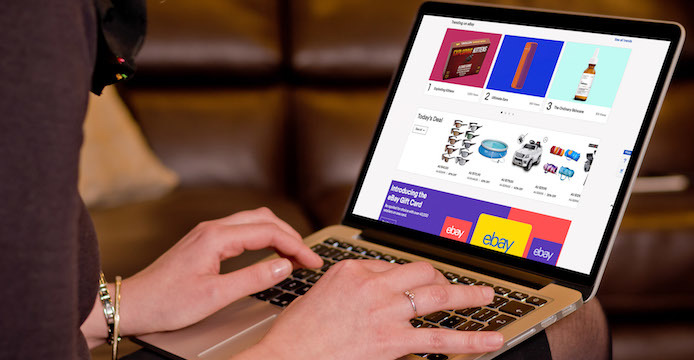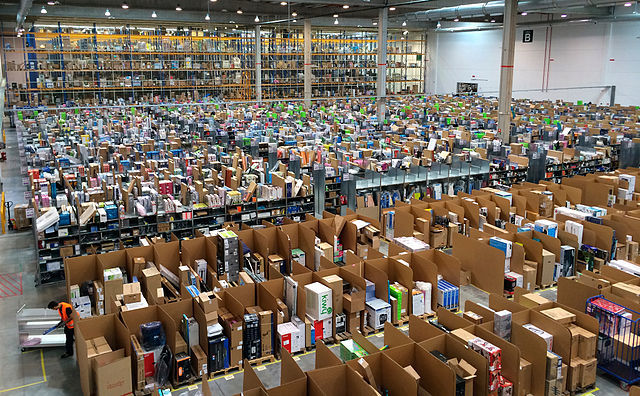
Business • Marketplaces

We’ve seen mixed reactions from retailers about the launch of the Amazon Australia Marketplace. However, consumers are overwhelmingly positive about the news, with findings from the Neto State of Ecommerce Report showing that 33% of online shoppers intending to switch to Amazon Australia and 61% already using other marketplaces, such as eBay, exclusively (39%) or in addition to companies’ own online stores (22%).
So if consumers are so confident they want to buy on Amazon Australia, why are some retailers still so unsure? A variety of factors could be at play here; it could be because retailers haven’t yet built Amazon into their retail strategy, or because of concerns about Amazon undercutting prices and stealing business (if we believe everything that the media tells us).
But these worries may be largely unwarranted. While Amazon has an efficient and proven operating model for selling its own product lines, it also offers an opportunity for retailers to access a whole new audience and build sales on Amazon’s platform. According to Amazon, “sales through Amazon Marketplaces now represent 50% of all items sold on Amazon websites globally”. And keep in mind that many retailers were also unsure about what eBay would mean for their business model, but now consider it an essential sales channel in their omni-channel strategy.

| Related Reading: How to Sell on Amazon Australia and Other FAQs
How well you adapt to Amazon’s entry into Australia is likely to be a key predictor of your retail performance for the remainder of this financial year, and into the next one. So how can you be confident that your ecommerce store is set up for success? Start here.
Once you’ve made the decision to sell on the Amazon Australia Marketplace, you’ll need to address the key questions of which products you’ll list and how you’ll price them.
You already know that undercutting prices will push down the price of your goods in the long term, especially in those categories where Amazon sells their own product lines. And if you can’t compete directly on price while staying profitable, then any attempt to do so is likely to be a recipe for disaster.
So make sure you know how low you can afford to go, and look for products that Amazon can’t compete with. You might also like to see which of your items are selling well on eBay, and which of your competitors’ items are selling well in Amazon’s overseas marketplaces.
But beyond that, also recognise that Australian consumers look for more than cheap prices—only 42% of online shoppers buy because of low prices, sales, and promotions. Whereas, ease and convenience attract 82% of customers, according to the Neto State of Ecommerce Report.

Shoppers love being able to:
Consumers now expect retailers to have their own online store, so you need to do more if you want to stand out, and that’s where your superior customer experience comes in. Give customers the choice and convenience they’re looking for, enabled by effective management of your inventory,logistics, and support services such as after-sales care and returns.
Customer experience is like the swan gliding across the lake, graceful and smooth. It doesn’t happen by magic: your back-end infrastructure churns away behind the scenes like the swan’s webbed feet, making sure everything works perfectly on the surface. The more efficient and nimble your back end, the better equipped you are to deliver a smooth, seamless, and satisfying customer experience, and the more likely you are to sustain profits.
| Related Reading: 4 Essential Tips to Delivering Great Customer Service Online and Offline
Before you can treat the Amazon Australia Marketplace as your new sales channel, you’ll need to extend your back-office operations to support it. Depending on how you’ve set up your current operations, this could be a challenging duplication of your current processes, or as simple as signing up and clicking a few buttons in your ecommerce platform.
Here are a few things you’ll want to consider when building Amazon Australia into your sales strategy.
If you’re manually collating and managing your orders, adding another channel will increase your workload. But if you’re using an all-in-one retail management platform like Neto, you’re already able to manage all your orders in the one spot.
As with order management, inventory management works better when you have all the information at your fingertips, in the one spot. It gives you a powerful way to manage your replenishment and stock clearances, and set buffer levels for each sales channel to ensure you don’t run out of product. And effective inventory management also ensures both your customers and your staff always have up-to-date information about stock availability.
Online shoppers already expect fast, free (or cheap) shipping, and with Amazon’s entry into Australia exerting downward pressure on freight providers, this may represent an opportunity for you to lock in lower rates and volume discounts with your shipping providers. Or you could go down the path of Fulfilment by Amazon (FBA), where you ship your product to Amazon fulfilment centres and they take care of the picking, packing and customer service for you (at a cost). But the story doesn't end with freight providers and prices; the launch of of Amazon Australia is driving innovation and competition with service providers across the board that you as a retailer can take advantage of.

Neto is the first Australian all-in-one retail management platform that integrates with Amazon Australia, allowing retailers to easily register products to Amazon, manage their listings, customers, orders and inventory from the same platform as their existing channels. If you’re keen to get started, then start a free trial or download our free guide: Everything you need to know about Amazon Australia
